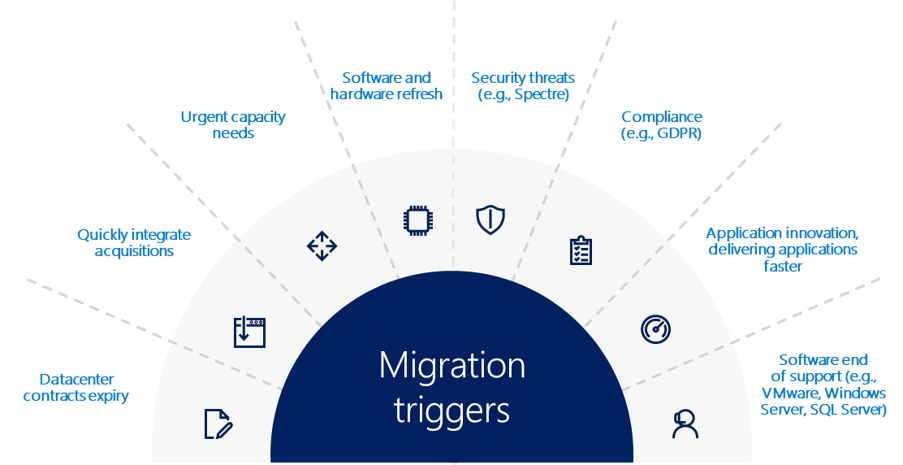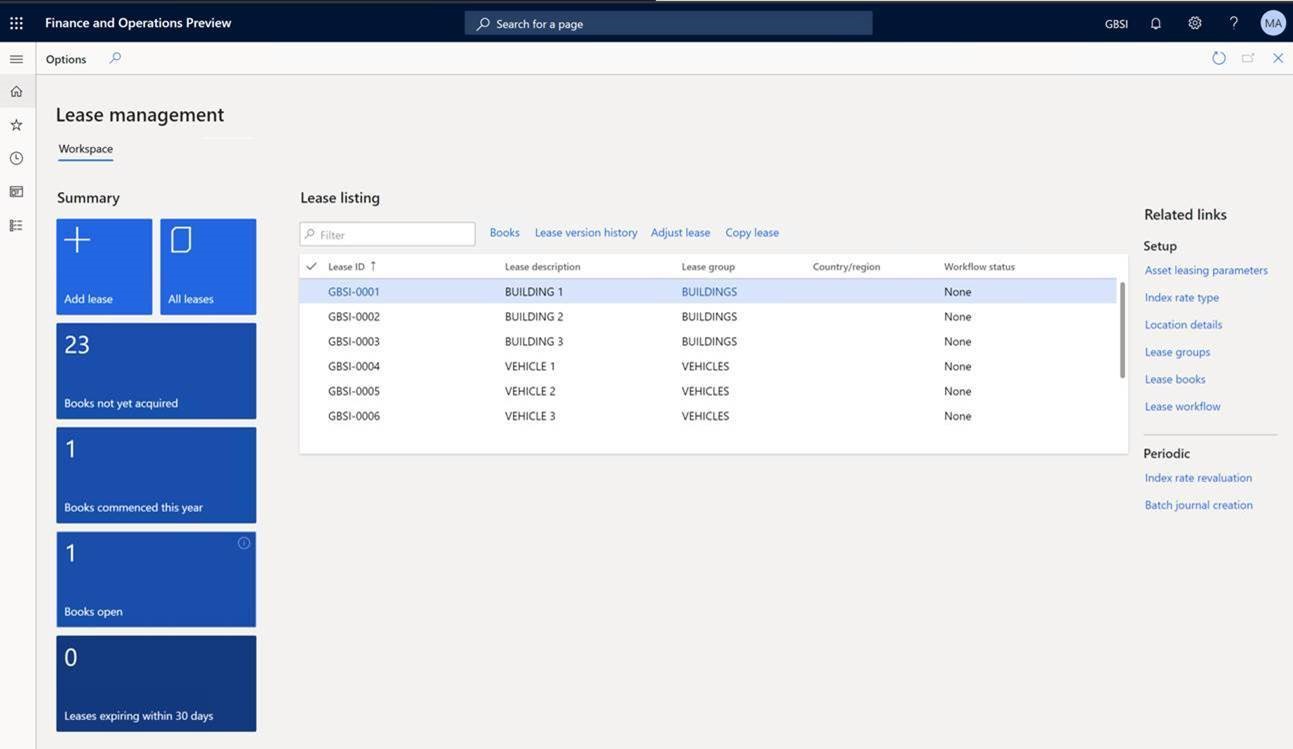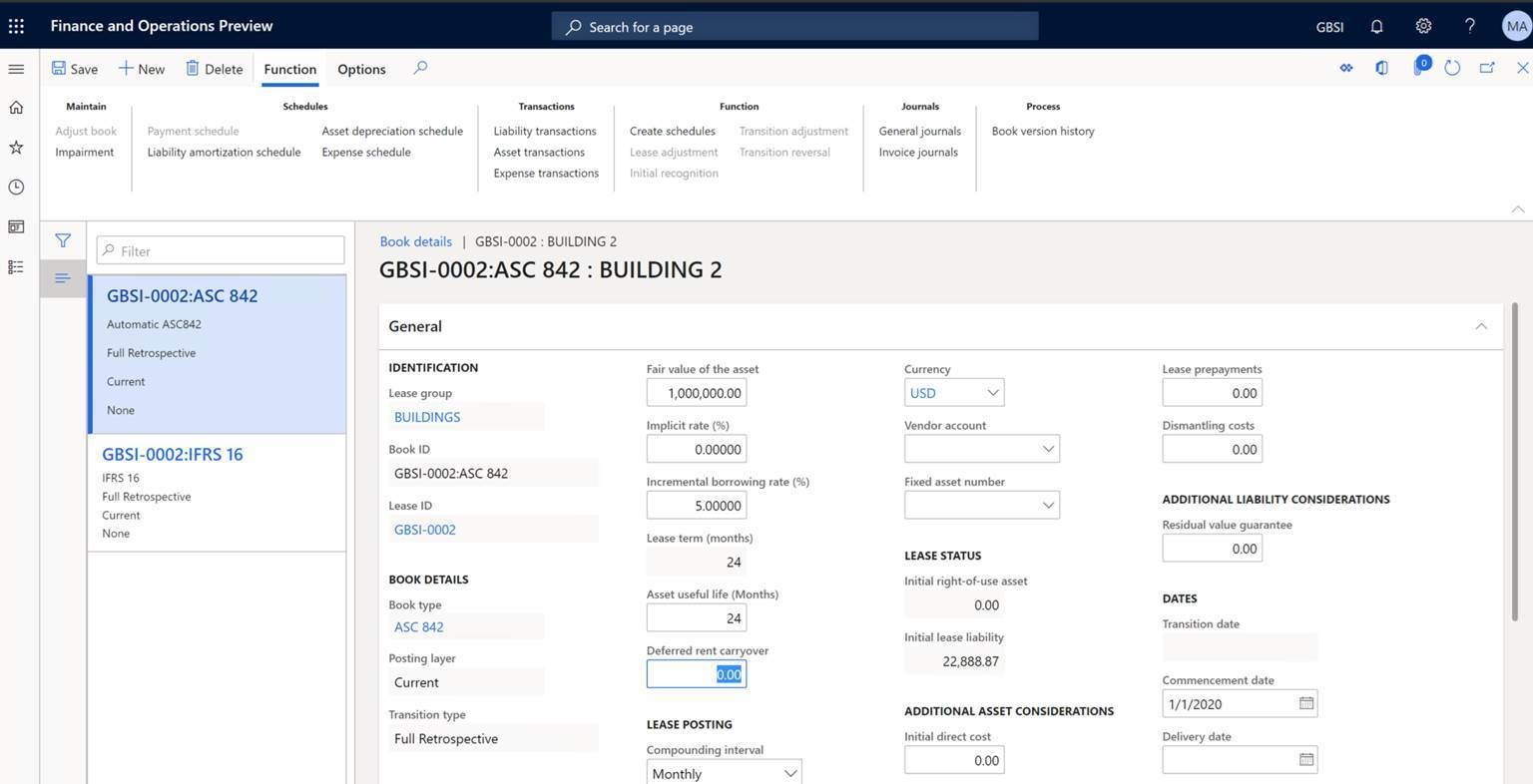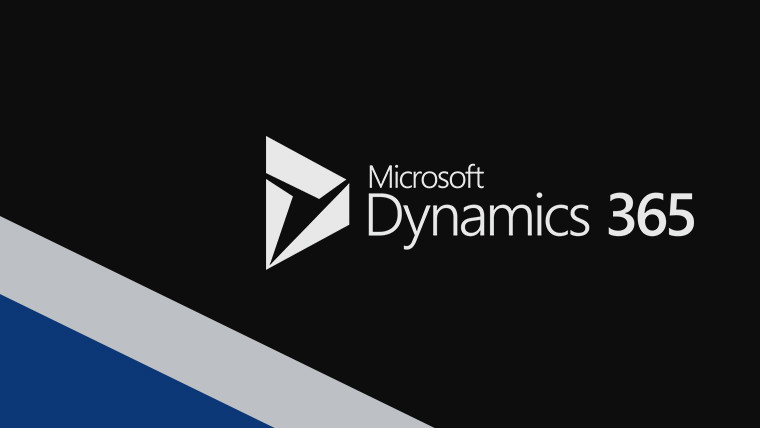Sep 14, 2022
You are almost ready to move your business applications, data, and infrastructure to the Cloud but you still need to be a little bit more confident.
These 4 pillars represent the main value proposition for what differentiates Azure from the competition.


Those are the reasons why customers choose Microsoft, because of the unique value that we provide in a productive, hybrid, intelligent, and trusted cloud.
Sep 8, 2022
Microsoft officially announced the public preview to a simpler and more reliable way to protect your VMware virtual machines.
To tackle the changing needs of the customers, they have performed a major overhaul of the hybrid disaster recovery and added necessary enhancements along with highly requested simplifications. They have implemented a new architecture with which, the configuration server has now been revamped as the ASR replication appliance.
Automatic upgrades for ASR replication appliance and Mobility agent
A big deal-breaker with the current architecture was manually updating various configuration server components and mobility services. – as soon as an update arrives, both the appliance and mobility service will be updated automatically and that too out of business hours.
Additionally, for automatic upgrades, machine credentials will not be required anymore. Currently, it is necessary to have the latest credentials for both Linux and Windows machines for a successful update. But with this preview, the credentials will be required only initially and will not be required once the installation is complete. After the installation of the mobility service, credentials can be removed for all the machines.
Easier scale management
The appliance is now a single unit of management and all its components have been converted into micro-services which are hosted on Azure. This will not only make the troubleshooting much easier, but scale management also becomes much smoother. To scale out an appliance, you will just need to set up another appliance and voila, it is done! No need to set up another Process server anymore.
High availability for appliance
Appliance resiliency has also been a highly asked about topic and we have that covered too. Customers are usually afraid of an appliance burndown. There are also scenarios where one may need to load balance an appliance and move a protected machine to another appliance, without disabling replication.
With the preview, you don’t need to take regular backups of your appliance anymore – just spin up another appliance and switch all your machines to the new appliance. All the configuration details particular to a protected machine will be switched to the new appliance without needing to go through the complete replication again.
Apart from the above-mentioned improvements, they have also removed –
- passphrase dependency – implemented a new certificate-based authentication,
- static IP address dependency – will rather use FQDNs to maintain connectivity,
- third party product dependency – MySQL installation on the appliance will not be required anymore.
Learn more about the preview architecture and check out the release notes for a detailed list of improvements.
Sep 8, 2021
Microsoft is announcing changes to the commercial pricing for Microsoft 365—the first substantive pricing update since they’ve launched Office 365 a decade ago.
This updated pricing reflects the increased value Microsoft has delivered to its customers over the past 10 years.
Take a look at some of the innovations they’ve delivered over the past decade in three key areas—communications and collaboration, security and compliance, and AI and automation—as well as the addition of audio conferencing capabilities that they’re announcing today.
A decade of continuous innovation
Since introducing Microsoft 365 they have added 24 apps1 to the suites—Microsoft Teams, Power Apps, Power BI, Power Automate, Stream, Planner, Visio, OneDrive, Yammer, and Whiteboard—and have released over 1,400 new features and capabilities in three key areas.
→ Communication and collaboration.
In 2020 Microsoft released over 300 new capabilities including Together mode, background effects, large gallery view, raise a hand, live reactions, breakout rooms, live captions with speaker attribution, and Fluid components, just to name a few.
- They introduced a new category of collaborative applications in Teams, empowering people and organizations for hybrid work through deep integrations with Power Platform, Whiteboard, Lists, Planner, Shifts, Forms, and SharePoint. Companies like Adobe, Atlassian, Salesforce, SAP, ServiceNow, and Workday have built apps that deeply integrate with Teams, bringing business processes and functions directly into the flow of work.
- They continue to innovate on both real-time and asynchronous collaboration.
- They introduced real-time collaboration in Word, Excel, and PowerPoint desktop apps while a growing set of capabilities like @mentions, assign tasks, modern comments, and auto-save have streamlined the collaboration experience.
- They’ve added and expanded OneDrive cloud storage and the Exchange Online mailboxes.
→ Security and compliance.
- The cybersecurity landscape is more complex than ever. With the accelerating volume, sophistication, and scale of cyberattacks, security and compliance are a priority for every organization. Since they first introduced Microsoft 365, they have added new attack surface reduction capabilities to help organizations defend against ransomware and other threats.
- They have added capabilities like data loss prevention (DLP) for email and documents, sensitivity labels, and message encryption to help keep important data within the organization.
- They have added powerful compliance capabilities that help organizations reduce risk and respond to increasing regulatory requirements such as Content Search, eDiscovery, and core Litigation Hold. Built-in mobile device management (MDM) and other management tools like Microsoft Endpoint Manager help admins support remote and hybrid workforces.
→ AI and automation.
- Over the past decade, they have infused AI capabilities across our productivity and collaboration applications to help everyone achieve more.
- Across Microsoft 365, they have introduced AI-powered innovations to help users be better writers, designers, and presenters.
- Cloud-powered AI now automatically creates maps, charts, and tables in Excel, and sorts email and removes clutter in Outlook. And AI-powered real-time translation, captions, and transcription make collaboration and communication more accessible and engaging for everyone.
Extending audio conferencing capabilities
- Microsoft is announcing that they will add unlimited dial-in capabilities for Microsoft Teams meetings across our enterprise, business, frontline, and government suites over the next few months. Even as cloud connectivity increases, they know that people join Teams meetings while they are on the go or struggling with a bad internet connection.
- Currently included with Microsoft 365 E5 and Office 365 E5, they have come to see dial-in as an important part of the complete Teams experience.
- Available with subscriptions in over 70 countries and with interactive support in 44 languages and dialects, unlimited dial-in provides peace of mind that users will be able to join their Microsoft Teams meeting from virtually any device regardless of location.
New pricing
- The pricing changes Microsoft is announcing today will go into effect in six months.
- On March 1, 2022, they will update our list pricing for the following commercial products: Microsoft 365 Business Basic (from $5 to $6 per user), Microsoft 365 Business Premium (from $20 to $22), Office 365 E1 (from $8 to $10), Office 365 E3 (from $20 to $23), Office 365 E5 (from $35 to $38), and Microsoft 365 E3 (from $32 to $36).
- These increases will apply globally with local market adjustments for certain regions.
- There are no changes to pricing for education and consumer products at this time.
- As leaders around the world look to empower their people for a more flexible, hybrid world of work, it’s clear that every organization will need a new operating model across people, places, and processes. Microsoft is committed to building on the value they’ve delivered over the past decade to continuously provide innovation that helps our customers succeed and thrive today and well into the future.
Click to learn more
Contact us to learn more team@bpsme.com
Aug 3, 2020
Today most organizations are experiencing challenges and making plans that they did not anticipate. In times like these, organizations do not have time to worry about reacting to changes in accounting regulations, yet they cannot risk leaving them unaddressed.
A core tenant of Dynamics 365 Finance is to enable you to reduce risk, and to automate and modernize your global financial operations. To help you achieve this, Microsoft are introducing asset leasing in November 2020. Asset leasing helps you adapt and be compliant to the FASB and IFRS 16 accounting regulations related to lease management and its financial impact. Asset leasing will reduce manual errors and save your users time through automatic lease status updates, right of use assets, wholistic monitoring and analytics, and calculations of net present value, lease interest, and future cash payments.

Asset leasing features:
- Automates the complex lease calculation of present value and its subsequent processes such as future lease payment, lease liability amortization, right-of-use asset depreciation, and expense schedules.
- Automatically classifies the lease as either operating or finance, or as a short-term lease or low-value lease. The lease classification tests include transfer of ownership, purchase option, lease term, present value, and unique asset.
- Centralizes the management of lease information, such as important dates, including the commencement and expiration dates, as well as the lease’s transaction currency, payment amounts, and payment frequency.
- Helps to generate accounting entries for the initial recognition, and subsequent measurement of the lease liability and right-of-use asset.
- Reduces time for complex calculation of lease modification and automatic adjustment transactions.
- Provides posting to different layers to accommodate different reporting purposes, such as tax reports that are available in Dynamics 365 Finance.
- Complies with the accounting standards to represent leases on a balance sheet using the Balance sheet impact calculator.
- Provides audit controls over the integrity of the lease data to ensure that the posted transactions match the calculated amounts of the present value, future payments, and liability amortization.
- Provides tools to import from or export to Excel for all lease data using data management.
- Includes features that help in preparing asset leasing reports, particularly the preparation of disclosures and notes.
- Integrates with company chart of accounts, currencies, fixed assets, vendors, journals, data management, and number sequences.

May 28, 2020

On the first of April, Microsoft has officially started the 2020 release wave 1, kicking off the deployment of new applications and hundreds of new capabilities and updates across Microsoft Dynamics 365 and Microsoft Power Platform.
The complete list of new capabilities for 2020 release wave 1 related to Microsoft Dynamics 365 are as follow:
Seamless B2C and B2B customer journeys across sales, marketing, and service:
Dynamics 365 Customer Insights, Microsoft’s customer data platform (CDP), including first and third-party data connections that further enrich customer profiles that can be updated and activated in real-time. Organizations can unlock the value of their data by quickly and accurately predicting customer behavior using out-of-the-box AI templates for churn, customer lifetime value, and next best action recommendations, as well as enable deeper insights with Microsoft Azure Synapse Analytics.
B2B organizations can take advantage of new customer engagement capabilities in Dynamics 365 Sales, Marketing, Customer Service, and Field Service to provide customers with unified, consistent, and personalized experiences throughout the entire buyer journey. Sales teams can leverage advanced AI-powered predictive sales forecasting and a new sales acceleration hub for inside sellers. Marketers can enhance campaigns with more personalized and sophisticated email messages, integrated surveys using Microsoft Forms Pro, and aggregated data and segments from Customer Insights. In addition, service centers benefit from centralized scheduling capabilities for dispatchers to schedule technicians and new omnichannel capabilities to reach customers on their preferred channels.
Delivering seamless omnichannel retail experiences:
Dynamics 365 Commerce delivers an end to end retail solution that helps organizations deliver personalized, omnichannel experiences through advanced e-commerce capabilities, intelligent product recommendations, and enhanced clienteling. With Dynamics 365 Commerce, Finance, Supply Chain Management, and Microsoft Power BI you gain greater visibility into an end-to-end processes and virtual warehouses, as well as get a single view of customers across retail and e-commerce.
Exceed customer expectations with an intelligent supply chain:
Dynamics 365 Supply Chain Management is updated to deliver predictive insights and intelligence from AI, IoT, and mixed reality to your organization across planning, production, inventory, warehouse, transportation management, and asset management.
Microsoft has added out-of-the-box IoT capabilities that leverages Azure IoT Hub to connect signals from mission-critical assets with business transaction data. This enables manufacturers to improve uptime, throughput, and quality by proactively managing shop floor and equipment operations with a real-time view of their entire production and stock.
Supply Chain Management now integrates with Dynamics 365 Field Service to help reduce downtime of geographically dispersed mission critical assets by automating field service operations, as well as Microsoft Dynamics 365 Guides to train your workforce faster, more effectively, and in some cases, more safely using mixed reality learning experiences.
For Instance: Eaton, a multinational power management company, with 97,000 employees serving customers in 175 countries, is leveraging Dynamics 365 mixed reality solutions as part of its ‘Industry 4.0’ transformation. Following pilot evaluations by their IT and business teams, Dynamics 365 Guides and Dynamics 365 Remote Assist are being deployed globally by different business units starting with the Vehicle Group in over a dozen locations for maintenance, digital layout, training, product development, and connecting global teams on knowledge transfer and best practices sharing.
In addition to these highlights for operations, we’re introducing Dynamics 365 Finance Insights, which brings the power of AI into your finance processes, as well as Dynamics 365 Project Operations, a comprehensive solution for service organizations to connect and run every part of the business.
Power Platform: New ways to analyze, act, and automate
Power Automate adds robotic process automation (RPA)
Power Automate already helps hundreds of thousands of organizations automate millions of processes every day. With the addition of RPA, Power Automate will help these organizations to also automate their legacy apps and manual processes through UI-based automation. The key Power Automate RPA capabilities that are reaching general availability today include RPA for attended and unattended scenarios, a flexible business model to support any business scenario, and several AI Builder models.
Power Automate now provides a single solution for end-to-end automation that spans on-premises systems and the cloud. This approach addresses three primary areas:
- Intelligent understanding of data: Structured and unstructured data from paper-based invoices to images can be easily understood and integrated with other critical business applications. AI-driven capabilities like forms processing in AI Builder are now generally available.
- RPA connects to enterprise applications without APIs: Some applications are too old or expensive to support API connectivity. With UI flows, end users can automate their work in these applications by recording manual tasks such as mouse clicks, keyboard inputs, and data entry, and then automate the replay of these steps to integrate with legacy systems.
- Connecting to over 300 modern apps and services: It is easy to work with information stored in the cloud or on-premises apps and databases. We offer native connectivity to common apps or a company’s APIs with over 300 connectors out-of-the-box.
Power Apps adds mixed reality experiences
Today, we’re announcing new mixed reality capabilities coming to Microsoft Power Apps. With these new features, Power Apps is one of the first low-code no-code platforms that makes it possible for everyone to build mixed reality applications.
With hundreds of millions of augmented reality capable mobile devices in the hands of business users, every Power Apps maker will be able to leverage the power of mixed reality to extend their apps with the ease of drag-and-drop development. With these new capabilities, makers can start to digitize workflows in physical space in new and innovative ways.
Power BI adds new capabilities
Microsoft Power BI is delivering new capabilities focusing on three key areas to help customers drive a data culture:
- Building on Power BI’s core amazing data exploration experiences, we’ve added the highly requested decomposition tree AI visual, a new Q&A experience, and added a modern ribbon that users are familiar with from Microsoft Office.
- As we continue to meet the most demanding needs of our enterprise customers, we are adding full application lifecycle management, with the ability for customers to move an app through a deployment pipeline. We have also completely opened Power BI’s semantic models by adding full support for the industry standard XML for Analysis (XMLA) protocol.
- Finally, to help our customers weave business intelligence deeply into the fabric of the organization, we’ve added support for Microsoft Information Protection and Microsoft Cloud App Security to protect data even when it leaves Power BI, added deep integration with Azure Synapse, and a completely revamped Microsoft Teams integration.
May 14, 2020

Microsoft are announcing a product name change only for some of Microsoft365 products. There are no pricing or feature changes at this time!
The new product names are already into effect since the 21st of April , 2020. The below table shows the Old & New naming for each modified product:
| Old Name |
New Name |
| Office 365 Business Essentials |
Microsoft 365 Business Basic |
| Office 365 Business Premium |
Microsoft 365 Business Standard |
| Microsoft 365 Business |
Microsoft 365 Business Premium |
| Office 365 Business |
Microsoft 365 Apps. For Business |
| Office 365 ProPlus |
Microsoft 365 Apps. For Enterprise |
However, no changes were done for the below products:
- Office 365 for Enterprise (E1, E3, E5)
- Office 365 for Firstline workers (F1)
- Office 365 for Education (A1, A3, A5)
- Office 365 for Government (G1, G3, G5)
Linked below are two comparison sheets for both Microsoft 365 and Office 365 showing the availability features/products for each plan for both Commercial & Educational plan














